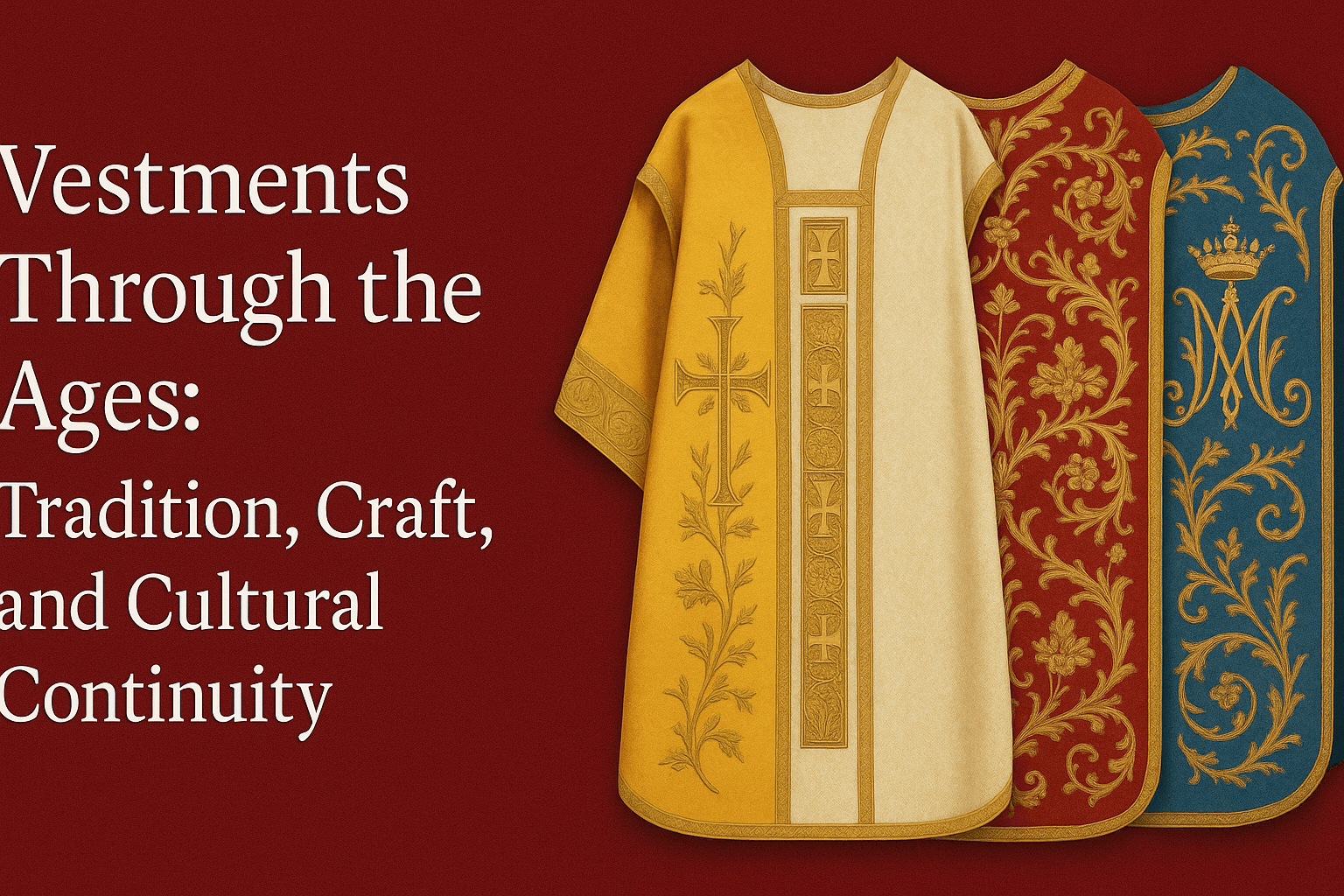Ancient Wisdom, Modern Marvel: The Greek-Mexican Collaboration Behind the Hermosillo Antikythera Mechanism
On the evening of February 8th, the garden of the Physics Research Department at the University of Sonora in Hermosillo became the focal point of a remarkable cultural and scientific event. The Inauguration and Commissioning Ceremony of the Monumental Antikythera Mechanism for Hermosillo (MAMH) unfolded, marking a significant milestone in the collaboration between Greek and Mexican scientists and craftsmen. This event not only celebrated the culmination of years of meticulous research and craftsmanship but also the enduring spirit of international cooperation and the shared human quest for knowledge and innovation.
The Enigmatic Antikythera Mechanism: A Timeless Treasure
The Antikythera Mechanism, often hailed as the world's first analog computer, stands as a testament to the extraordinary ingenuity of ancient Greek science. Discovered in a shipwreck off the coast of the Greek island of Antikythera in 1901, this intricate device, dating back to around 100 BC, has fascinated historians, scientists, and archaeologists alike.
Its complex system of bronze gears and dials was used to predict astronomical positions and eclipses for calendrical and astrological purposes, embodying a level of technological sophistication that would not be matched for centuries. This ancient marvel not only highlights the advanced understanding of astronomy and mathematics in the Hellenic world but also serves as a poignant reminder of humanity's enduring quest to comprehend the cosmos.
The value of the Antikythera Mechanism extends far beyond its mechanical complexity; it is a cultural and scientific beacon that illuminates the interconnectedness of ancient civilizations and their relentless pursuit of knowledge. As researchers continue to decode its secrets, the mechanism offers invaluable insights into the technological capabilities and philosophical inquiries of the ancient Greeks. It challenges our perceptions of ancient science, providing a tangible link to our intellectual ancestors and their efforts to reconcile the movements of the heavens with the rhythms of human life.
The Antikythera Mechanism, therefore, is not just an archaeological artifact; it is a symbol of the enduring human desire to explore, understand, and innovate, bridging the gap between the ancient and the modern in the continuous journey of discovery.
The Ceremony
The ceremony was officiated by distinguished figures such as Dr. Alfonso Durazo Montaño, Governor of Sonora, and Dr. Maria Rita Plancarte Martines, Chancellor of the Universidad de Sonora. The presence of Mr. Nikolaos Koutrokois, the Ambassador of Greece, along with a delegation from the Embassy, underscored the importance of this cross-cultural project. The event was broadcast online, allowing a global audience to partake in this momentous occasion and highlighting the project's significance not just for those directly involved but for the wider community interested in the convergence of history, science, and art.
The Monumental Antikythera Mechanism
The astronomical planetarium clock, which now resides in the verdant surroundings of the University of Sonora, is a testament to the ingenuity of ancient Greek scientists and the skill of modern Mexican craftsmen. Inspired by the Antikythera Mechanism, an ancient Greek device known for its astonishing complexity and precision, the MAMH represents a bridge between the past and present, showcasing how ancient wisdom can inform and inspire contemporary science and art.
Professor Xenophon Mousas of the Physics Department at NKUA, along with a dedicated team of Greek and Mexican scientists, spearheaded this project. The collaboration was initiated following an exhibition of the Antikythera Mechanism at the University of Sonora by Professor Mousas, igniting a shared passion for bringing this ancient marvel into the modern era in monumental form.
Collaboration and Craftsmanship
The soul of the MAMH project, Mexican Professor Raul Perez Enriquez, along with the expertise of Relojes Olvera III Generación, a company renowned for its craftsmanship in large clocks, played a pivotal role in bringing the vision to life. With contributions from Mr. Jesus Clemente Olvera Trejo and Ing. Alfredo Carmona Martinez, the project embodies a fusion of scientific precision and artisanal excellence.
Professors Julio Cesar Saucedo Morales and Ezequiel Rodriguez Jauregui from the University of Sonora contributed significantly to the project, underscoring the collaborative spirit that defines MAMH. The support from both the University and State of Sonora, along with Relojes Olvera, highlights the broad base of support and belief in the value of this undertaking.
A Testament to Human Ingenuity
The MAMH stands not just as a scientific instrument but as a symbol of the enduring human quest for understanding the cosmos and our place within it. It is a reminder of the rich tapestry of human history and the unbroken thread of curiosity and ingenuity that spans cultures and millennia. This project, bridging the ancient and the modern, the Greek and the Mexican, serves as a powerful testament to what can be achieved when diverse cultures come together in the pursuit of knowledge and beauty.
In celebrating the inauguration of the Monumental Antikythera Mechanism for Hermosillo, we are reminded of the shared heritage of humanity, our common quest for knowledge, and the beauty that arises from the confluence of science, art, and history. It is a beacon of cooperation, a melding of ancient wisdom with modern technology, and a symbol of the boundless potential that lies at the intersection of cultures.











